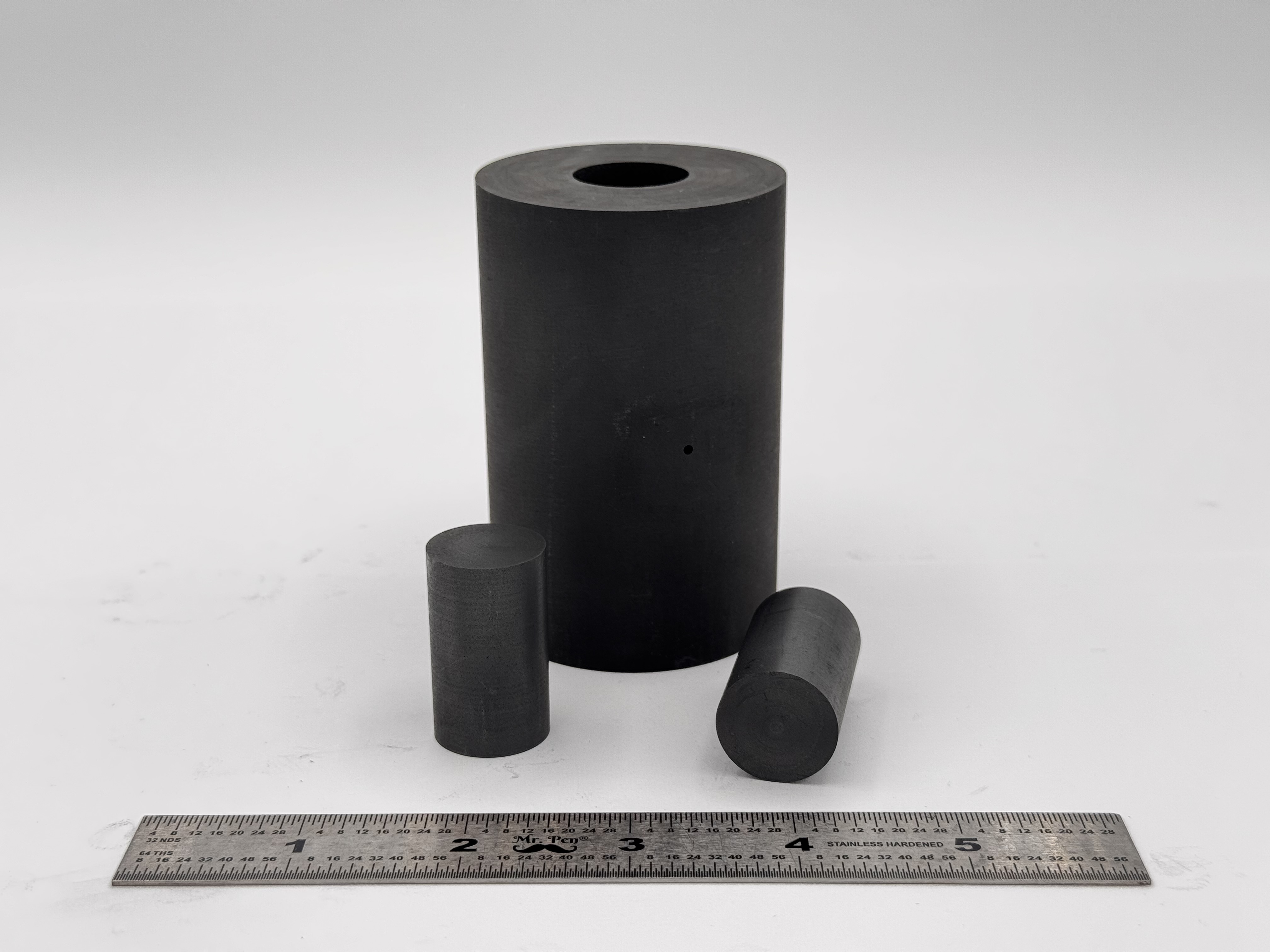Enhancing Material Performance: Unveiling the Power of Hot Isostatic Pressing (HIP)
Created at :
Jan 27, 2024
Hot Isostatic Pressing (HIP) is a specialized manufacturing technique designed to enhance the mechanical properties of materials through simultaneous exposure to high temperature and pressure in an inert gas environment. The process involves placing the material, often in preformed shapes or powder form, inside a high-pressure vessel.
Here is a breakdown of the key steps and principles involved in HIP:
- Material Placement: The material, which can be in the form of preformed shapes or powder, is loaded into a high-pressure vessel. This material may be composed of metals, ceramics, or other advanced materials.
- Inert Gas Environment: The vessel is filled with an inert gas, such as argon. The use of an inert gas is crucial to prevent chemical reactions with the material during the process.
- Pressurization: The vessel is pressurized with the inert gas. The pressure is applied uniformly from all directions, known as isostatic pressure. This ensures even compaction of the material and eliminates voids or porosity.
- Heating: Simultaneously, the vessel is heated to an elevated temperature. The combination of high pressure and temperature is essential for promoting uniform densification and the elimination of internal defects in the material.
- Atomic Diffusion: The application of heat facilitates atomic diffusion within the material. At elevated temperatures, atoms are more mobile, allowing them to rearrange and redistribute. This process helps eliminate internal defects and contributes to the uniformity of the material.
- Optimal Material Density: The combination of high pressure and temperature during HIP ensures optimal material density. This is crucial for achieving enhanced mechanical properties, such as improved strength and structural integrity.
- Applications: HIP is widely used in various industries, including aerospace, medical, and automotive. It is employed to manufacture high-performance components with superior mechanical strength, improved fatigue resistance, and excellent structural integrity. Common applications include the production of turbine blades, medical implants, and critical components for high-stress environments.
In summary, Hot Isostatic Pressing is a powerful manufacturing technique that results in materials with improved properties by subjecting them to both high temperature and pressure in an inert gas environment. This process is crucial for producing high-quality components in industries where mechanical strength and reliability are paramount.
 High Strength SPS Graphite Tooling
High Strength SPS Graphite Tooling Tungsten Carbide Tooling
Tungsten Carbide Tooling Carbon Graphite Foil / Paper
Carbon Graphite Foil / Paper Carbon Felt and Yarn
Carbon Felt and Yarn Spark Plasma Sintering Systems
Spark Plasma Sintering Systems SPS/FAST Modeling Software
SPS/FAST Modeling Software